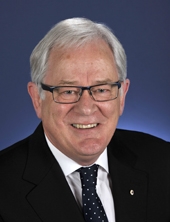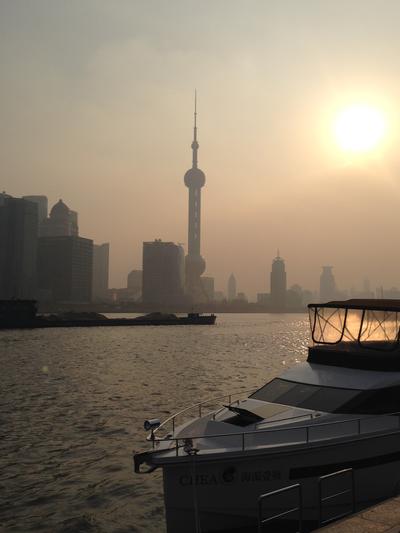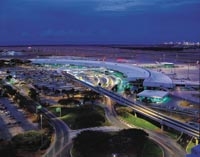Exports on the rise to main Asian trading partners
THE Australian Bureau of Statistics Trade in Goods and Services most recent data shows that Australian exports have increased 11 percent from last year with resources exports increasing 19 percent.
Australia experienced four consecutive months of surpluses including a $900 million surplus in March, before experiencing a trade deficit in April of just $122 million and a minor fall in exports of just 1.5 percent in April. This underpins Australia’s strong economic position according to Federal Trade Minister Andrew Robb. 
“Australia’s position has strengthened over a sustained period of months and minerals and ore exports in particular are continuing to experience significant growth,” Mr Robb said.
“Australia has also increased exports across ASEAN nations and North Asia and the conclusion of the Korean and Japanese Free Trade Agreements will provide even greater opportunities to facilitate trade relationships for Australian exporters.
“Australia’s exports to the United States experienced a modest year on year increase to reach $794 million in a sign of steady confidence from the United States – which remains Australia’s largest source of foreign direct investment and long-term trading partner,” he said.
Other major export gains year on year included:
Exports to ASEAN nations were up 35.2 percent to $2.4 billion.
Exports to China increasing 25.4 percent to $9.1 billion.
Exports to Japan increased 8.3 percent to $3.9 billion.
Exports to Thailand increased 48.3 percent to $427 million.
Exports to Singapore increased 117.5 percent to $807 million.
Exports to Vietnam increased 95.4 percent to $299 million.
Services exports increased 10 percent to approach the $5 billion mark.
Metals exports increased 7.7 percent to $1 billion while machinery exports rose by 10 per cent to $782 million.
Imports rose 6.6 percent to $28.6 billion driven by a rise in imports of consumption goods, intermediate goods and services.
Exports to Europe and India have experienced a decrease.
ends



 THE RATE of trade growth for the Northern Territory was a stand-out in 2012-13, but agricultural exports from other states recorded healthy growth too, according to the latest report from the Department of Foreign Affairs and Trade (DFAT).
THE RATE of trade growth for the Northern Territory was a stand-out in 2012-13, but agricultural exports from other states recorded healthy growth too, according to the latest report from the Department of Foreign Affairs and Trade (DFAT). 

